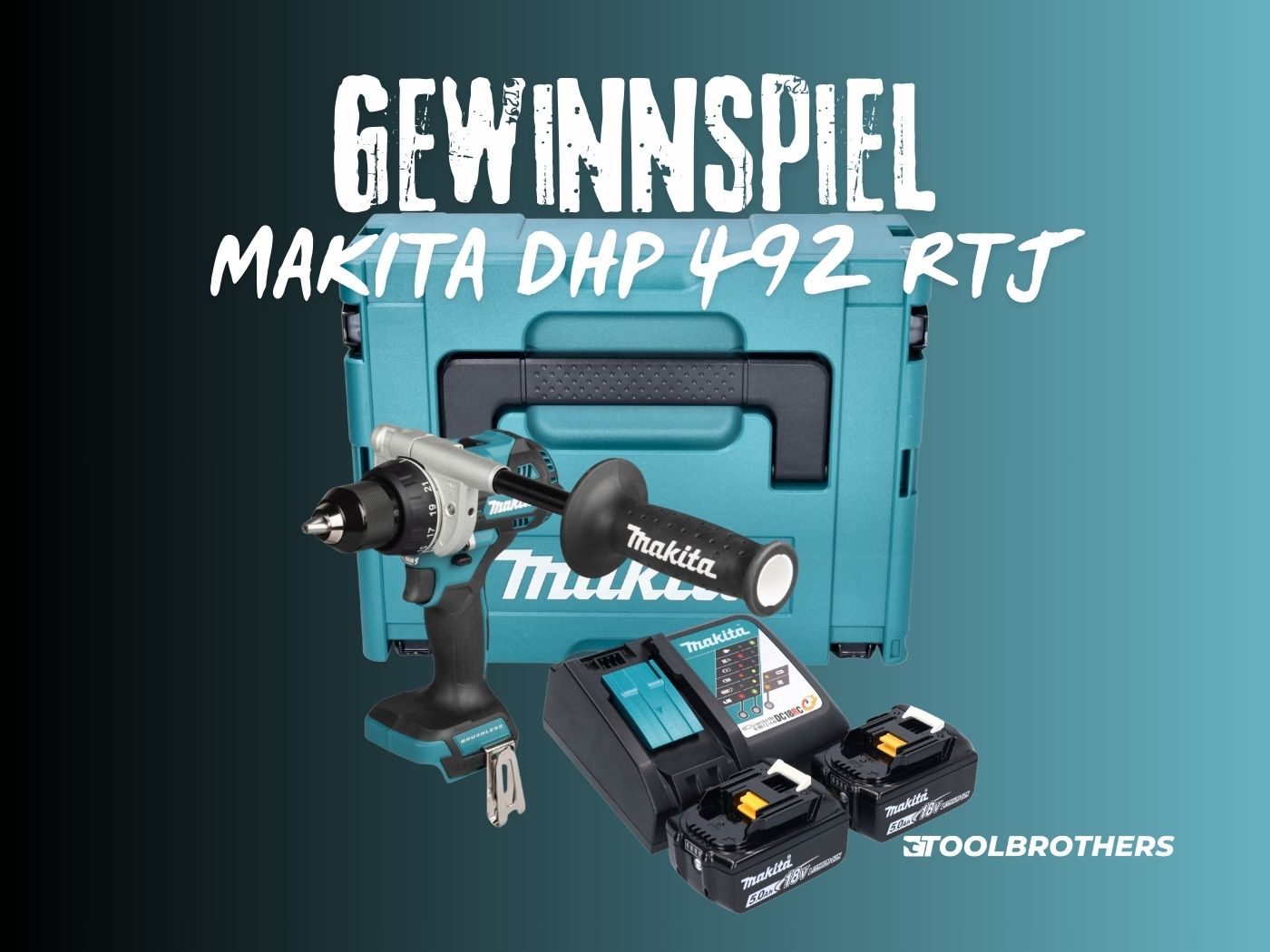
Guide: Understanding & treating batteries correctly – the compact overview
, by Lucas Meyer, 3 min reading time

, by Lucas Meyer, 3 min reading time

Batteries are indispensable in modern tool and technology everyday life. Here you'll find everything you need to know about battery types, lifespan, voltage, cell structure and proper storage, in a compact and practical way.
A battery – short for accumulator – is a rechargeable power source. It stores energy and releases it when needed, e.g., to power electric motors. Nowadays, almost exclusively Lithium-ion batteries are used in tools – and we will focus precisely on these in this blog.
Earlier battery generations, such as Nickel-Metal Hydride (NiMH) or Nickel-Cadmium (NiCd), suffered from overheating, memory effect, short lifespan, and high weight. In contrast, Lithium-ion batteries are:
These specifications represent the voltage – i.e., the “power” of the battery. The following applies:
The systems are usually compatible within one manufacturer. It depends on the actual voltage and suitable design.
Rule of thumb: The more frequently and intensively you use batteries, the more an investment in quality pays off.
Powerful chargers and power-intensive tools like saws strain batteries significantly more than, for example, a cordless drill. High current flows stress the cells and shorten their lifespan. Therefore, plan the usage in advance and choose the battery & charger according to the intended use.
Unused batteries also age – due to so-called basic wear and tear. Charged batteries lose 3–5% capacity per month – even without use.
Storage tip: Charge batteries to 50–60% for longer storage time – this minimizes cell stress and protects against deep discharge.
Avoid extreme heat or direct sunlight. And: Do not store in a cold car!
Series connection: Voltage increases, capacity remains the same.
Example: 9 cells x 2 V = 18 V at 5 Ah
Parallel connection: Voltage remains, capacity increases.
Example: 9 cells x 5 Ah = 45 Ah at 2 V
Important: Only combine cells with the same values and preferably from the same manufacturer.
To truly compare batteries, the following applies:
Wh = Ah × V → Watt-hours (Wh) indicate how much energy a battery can deliver per hour.
Example: 4.0 Ah × 18 V = 72 Wh

Hey Bro, bist du auf der Suche nach dem Toolbrothers RELAX Raumduft Gewinnspiel? Dann bist Du hier genau richtig! Passend zu den Herbst-Vibes starten wir direkt...

Hey Bro, bist du auf der Suche nach dem neuesten Toolbrothers Gewinnspiel?Dann bist du hier genau richtig! Bis Dienstag, den 14.10.2025 haben 5 TB-Follower die...

Hey Bro, bist du auf der Suche nach dem neueste Toolbrothers Gewinnspiel? Du willst das Stepbrother Schuh-Deo testen? Dann bist Du hier genau richtig! Bis Montag, den...

Hey Bro, bist du auf der Suche nach dem MAKITA DHP 492 Gewinnspiel? Dann bist Du hier genau richtig! Passend zu den neuesten MAKITA BROdeals starten wir...